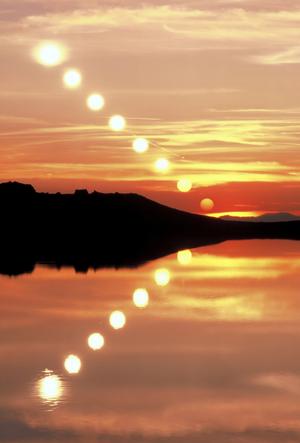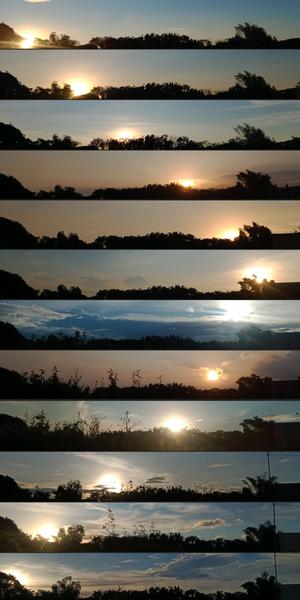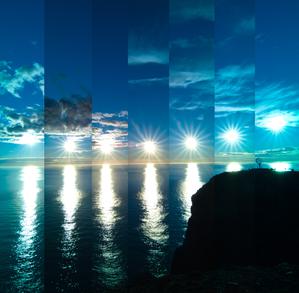Glossary term: 太陽路徑(日弧)
Description: 太陽的軌跡或日弧是地球上一個固定位置的觀測者所看到的太陽在天空中的視運動軌跡。每天,太陽的軌跡都會劃出一道弧線,從天空東部的日出開始,到西部的日落結束。只有在春分和秋分時,太陽才會恰好從正東方升起,恰好從正西方落下。冬至時,弧線最短,在天空中的位置最低。從那時起,弧線的長度會增加,日長也會隨之增加,每一個連續的弧線在天空中的高度都會高於前一天,在夏至時達到最大高度和最大日長。然後,這一過程以相反的順序重複,在冬至時再次達到最短、最低的弧度。
在北極圈以北和南極圈以南,太陽在冬季不會長時間升起,在夏季也不會長時間落下。因此,冬季的夜晚會持續數月,夏季的白天也會持續數月。在這些極晝中,太陽在天空中繞一圈,從正午的高點移動到午夜的低點,但從未穿過地平線。
這組太陽弧線可以通過長期曝光的圖像捕捉到,這種圖像被稱為 "日軌圖"。
Related Terms:
See this term in other languages
Term and definition status: The original definition of this term in English have been approved by a research astronomer and a teacher The translation of this term and its definition is still awaiting approval
This is an automated transliteration of the simplified Chinese translation of this term
The OAE Multilingual Glossary is a project of the IAU Office of Astronomy for Education (OAE) in collaboration with the IAU Office of Astronomy Outreach (OAO). The terms and definitions were chosen, written and reviewed by a collective effort from the OAE, the OAE Centers and Nodes, the OAE National Astronomy Education Coordinators (NAECs) and other volunteers. You can find a full list of credits here. All glossary terms and their definitions are released under a Creative Commons CC BY-4.0 license and should be credited to "IAU OAE".
If you notice a factual or translation error in this glossary term or definition then please get in touch.
Related Media
最後一小時
Credit: Fabrizio Melandri/IAU OAE (CC BY 4.0)
License: CC-BY-4.0 Creative Commons 姓名標示 4.0 國際 (CC BY 4.0) icons
每月日落的地方
Credit: John Paul Pile/IAU OAE (CC BY 4.0)
License: CC-BY-4.0 Creative Commons 姓名標示 4.0 國際 (CC BY 4.0) icons
日食鐘——極晝中的日食
Credit: Stephanie Ziyi Ye/IAU OAE (CC BY 4.0)
License: CC-BY-4.0 Creative Commons 姓名標示 4.0 國際 (CC BY 4.0) icons
當太陽反彈時
Credit: Milos Obert/IAU OAE (CC BY 4.0)
License: CC-BY-4.0 Creative Commons 姓名標示 4.0 國際 (CC BY 4.0) icons
太陽的軌跡
Credit: Frank Niessen/IAU OAE (CC BY 4.0)
License: CC-BY-4.0 Creative Commons 姓名標示 4.0 國際 (CC BY 4.0) icons













